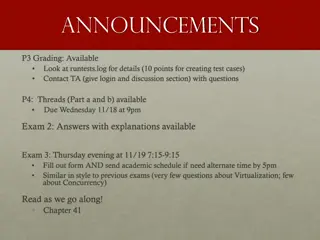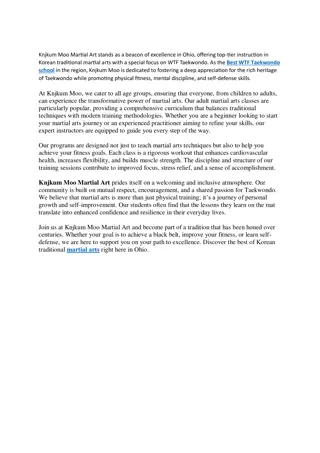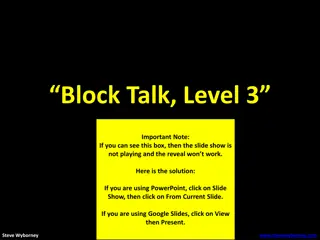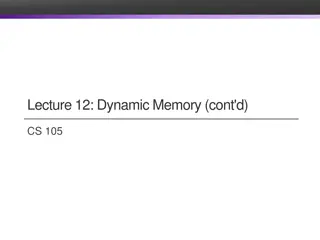Taekwondo Techniques - Basics and Blocks for Self-Defense
Explore the fundamental Taekwondo techniques focusing on blocking movements for self-defense. Learn about Down Block, X-Block, Knife-Hand Block, and Double Knife-Hand Block with detailed descriptions and images illustrating each move. Enhance your understanding of these essential blocks in Taekwondo to improve your defensive skills.
Download Presentation

Please find below an Image/Link to download the presentation.
The content on the website is provided AS IS for your information and personal use only. It may not be sold, licensed, or shared on other websites without obtaining consent from the author.If you encounter any issues during the download, it is possible that the publisher has removed the file from their server.
You are allowed to download the files provided on this website for personal or commercial use, subject to the condition that they are used lawfully. All files are the property of their respective owners.
The content on the website is provided AS IS for your information and personal use only. It may not be sold, licensed, or shared on other websites without obtaining consent from the author.
E N D
Presentation Transcript
YAAR DOU SPOR B L MLER FAK LTES ANTREN RL K E T M / L SANS ANE378- SE MEL 9 (TAEKWONDO E T M ) Do . Dr. Y ld r m KAYACAN
Alt seviyeye yaplan bloklarn genel prensipleri ANE378- SE MEL 9 (TAEKWONDO E T M ) Hafta-1
Down Block: The blocking arm is first raised to the opposite side of the head with the palm turned toward the ear (A), then swept down and across the front of the body to stop with the fist before the center of your belt and the forearm angling downward at approximately 45 degrees (B). The blocking surface is the outer forearm. The technique is a de- fense against attacks to the middle and lower sections of the body.
X Block: Draw both hands back into position at the side of the body, then shoot arms forward at the same time to cross at the wrists. The blocking surface is the area between the wrists where the forearms cross. Illustrations (A,B) show a high X block, and illustrations (C,D) show a low X block. The low X block is a defense against attacks to the lower body, in particular the groin, while the high X block is a defense against downward attacks to the head and shoulders and attacks to the face.
C D A B
Knife-Hand Block: Blocking hand forms a knife-hand position* and is brought to the opposite side of the head (A), then snapped out to cross in front of the face and stop palm out with the hand in line with that shoulder (B). Blocking surface is the edge of the hand. This is a de- fense against direct oncoming attacks to the face and upper body. This technique may also be performed to protect the lower body areas, as in illustrations (C,D).
Double Knife-Hand Block: Both hands form knife-hands as blocking hand is brought up beside the head while the rear hand is extended to the back (A), then both hands are swung forward so that the lead hand stops palm out in line with the shoulder as the rear hand stops palm up before the solar plexus (B). Blocking surface is the edge of the lead hand. This technique is a defense against direct oncoming attacks to the head and upper body with additional covering protection for the solar plexus provided by the rear hand. This technique may also be performed to protect the lower areas, as in illustrations (C,D).























